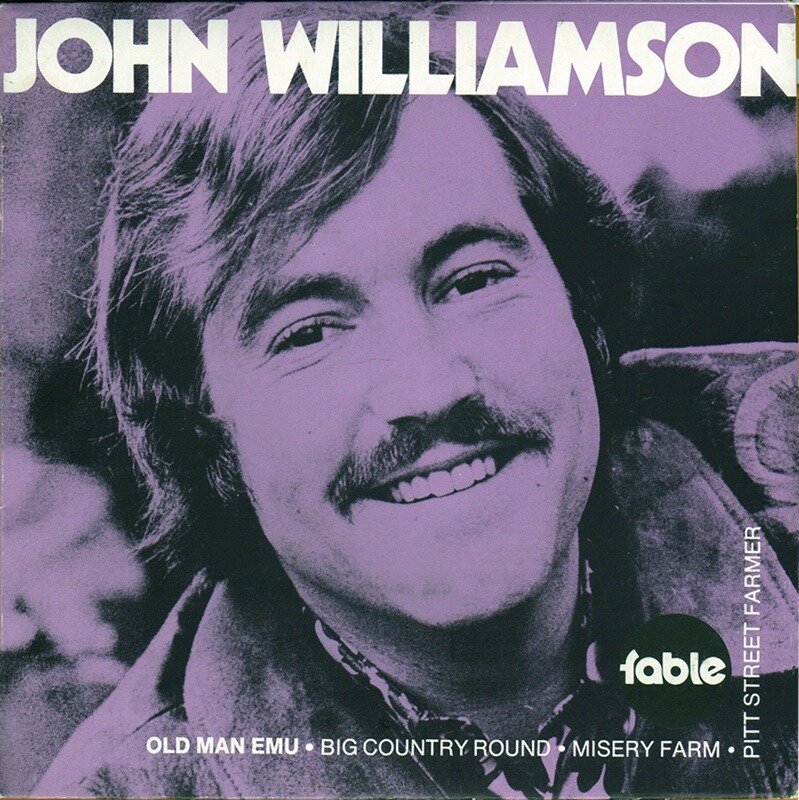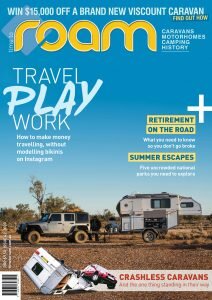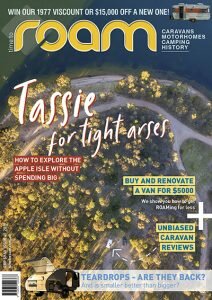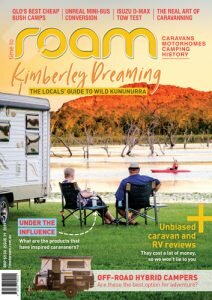John Williamson has penned several of Australia’s classic bush songs, sold millions of albums and also used his fame to fight for environmental causes.
Williamson grew up in Victoria’s Mallee region, although his family later moved to the Moree district in NSW and some of his early performances were in the Newell Highway town.
He first shot to national fame in 1969, performing the song “Old Man Emu” on the New Faces talent search program, but it wasn’t until the 1980s that Williamson achieved his greatest success with the breakthrough album “Mallee Boy”. Released in 1986, it stayed in the charts for more than a year and contained the classic songs “TrueBlue”, “Raining on the Rock” and “Cootamundra Wattle”.
He was awarded the Order of Australia in 1992 for his contribution to country music and for raising awareness of environmental issues.
Perhaps the best remembered causes he supported through music are the songs “Goodbye Blinky Bill” and “Rip Rip Woodchip”, the former dedicated to koala preservation and the latter landing him in hot water with fans who were forestry workers.
John Williamson has also done his bit for tourism with his 2004 song “We love this Country” used to promote caravanning and even featuring in a Jayco TV commercial.
1. Where did you go for camping holidays when you were young?
Dad and Mum loved camping. We usually went to Lakes Entrance in Victoria but also to Lorne and Victor Harbour.
2. What was your favourite place to and why, is it still a favourite today?
By the time I was in my teens we started going to Surfers Paradise when there were two-storey motels with swimming pools. This was how I eventually discovered Springbrook, in the Great Dividing Range, that looks over the Gold Coast. That is my favourite place and where my dreamtime is.
3. Tell us about some other favourite memories exploring Australia.
I think camping along the Gibb River Road in the Kimberley is amazing. I love the boab trees and discovering magic lagoons. For song writing, Grawin opal mining village is inspirational for its characters. I have also camped all the way up Cape York Peninsula, which I highly recommend. I must say that being invited onto stations all around the country is a privilege. You get to see and be shown a lot more. It would be impossible over four lifetimes to discover all the wonders of Australia if you are inspired by the ancient nature of it.
4. Do you have any camping tips? Tell us any must do’s and don’ts
I reckon simplicity is the key to camping. I’d rather not tow a trailer but if you do, make sure the wheels are the same as the four-wheel drive. Nowadays solar panels are the go to keep a small fridge going. Of course always take an extra spare wheel plus fan belts etc. Actually, I wouldn’t camp outback without a mate who is a better mechanic than I. I’m afraid that stuff bores me to tears. A winch is also a must. It will get you or of all sorts of trouble.
Sleeping under the stars is my idea of wonderful. I tried heating a large flat stone (basalt) on the campfire and burying it under my swag. It worked a treat on a frosty night.
5. Do you still like to get out and explore Australia? If so, what’s on your wish list.
I dream of going camping again maybe in 2016 when I will be seventy and semi-retired.
I hope I don’t feel too old and take a caravan!
- Breaking – Kirribilli House to be replaced with caravan - August 24, 2018
- ROAM Issue 33 – Read It Online - May 25, 2018
- Australia’s Best Bike Tracks Near Great Campsites - December 6, 2017
- Caravan Club Donates $1000 to RACQ Life Flight - December 5, 2017
- Motorhome Review – Horizon Melaleuca Appeal - October 21, 2017
- Winton’s Dunny Derby Run and Won - September 28, 2017
- Motorhome Review – Sunliner Habitat - September 14, 2017
- Top 5 Nomad Towing Mistakes - August 25, 2017
- Camper Trailer Review – Blue Tongue Overland XF 2 - August 17, 2017
- Video – Mal Leyland visits Eden and Pambula - August 1, 2017





